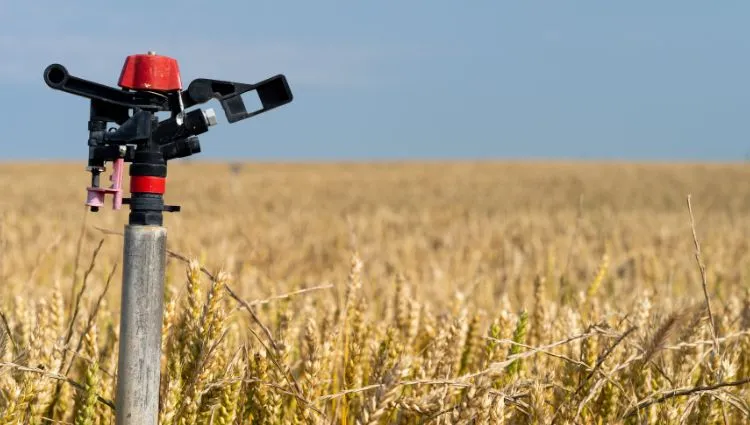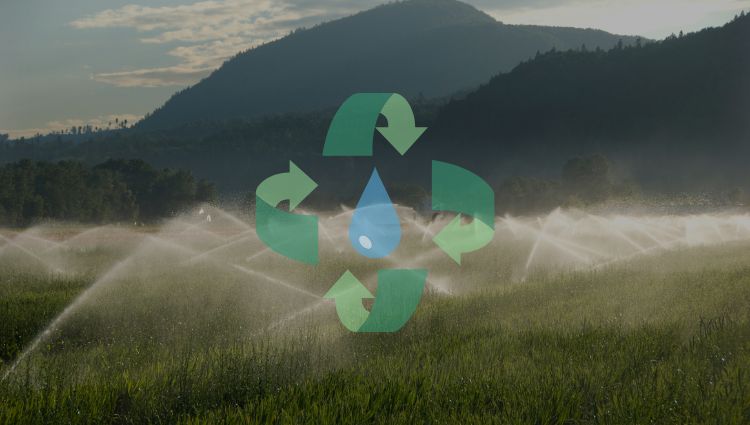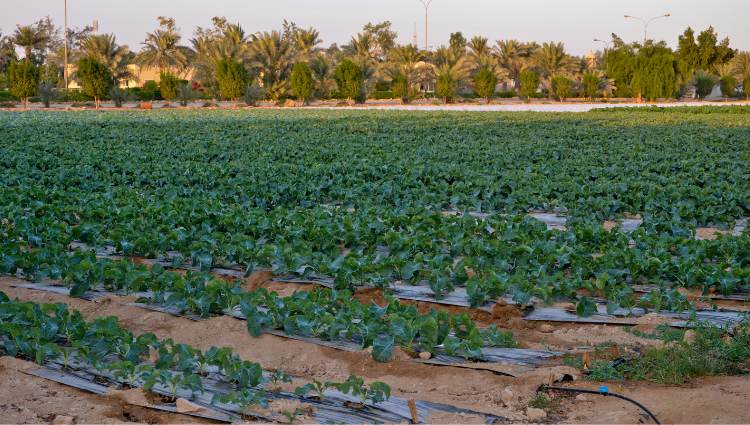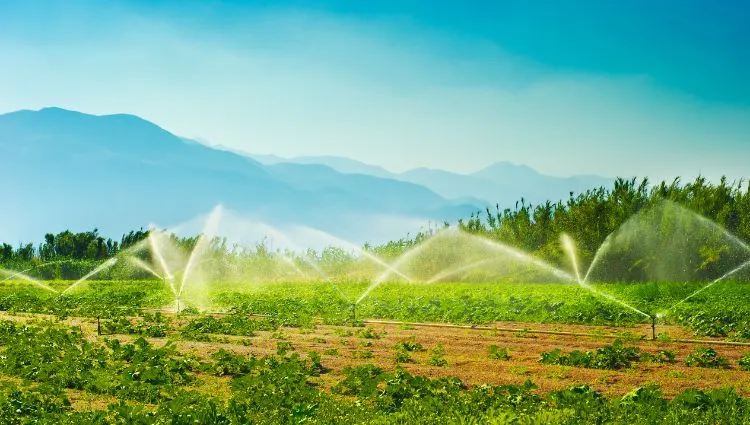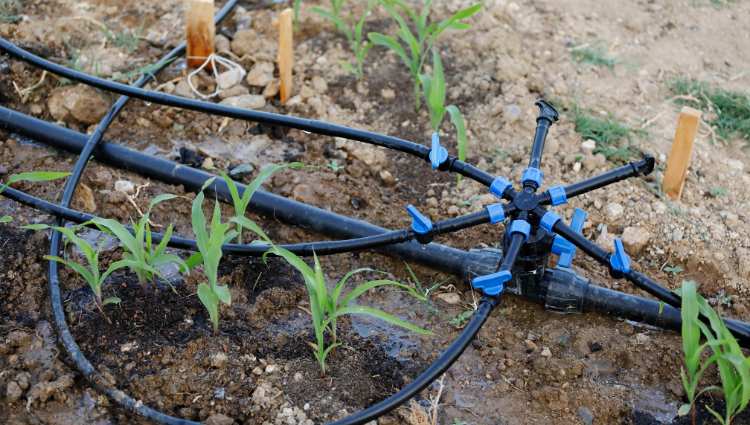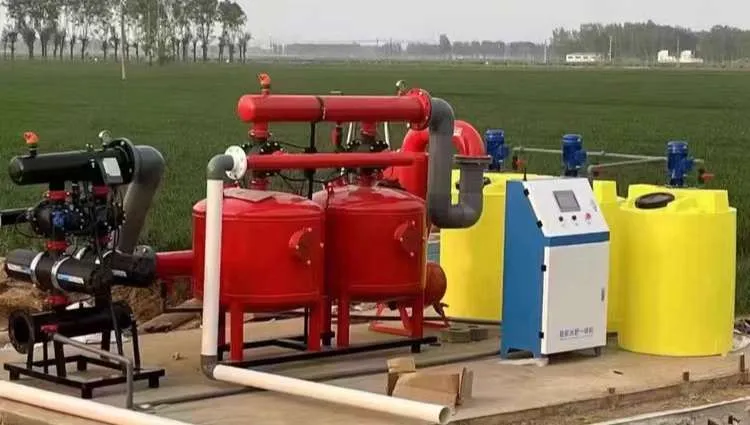목차
The materials used in agricultural irrigation sprinklers are diverse, mainly divided into plastic and metal types. 플라스틱 스프링클러 중, PP와 POM은 두 가지 주요 자료입니다. 다음, 이 기사는 세 가지 측면 에서이 두 자료에 대해 이야기합니다.: 그들의 특성, 차이, 그리고 그들을 구별하는 방법.
Characteristics of PP Material
The full name of PP is polypropylene. It has the following characteristics:
Heat Resistance
Its melting point is 160–170°C, and its heat resistance is excellent. Sprinklers made from it are very suitable for use in high-temperature environments. 게다가, during the manufacturing process, if the temperature in the production workshop is high, it can also adapt well.
Chemical Corrosion Resistance
In irrigation systems, there are substances like fertilizers, pesticides, and herbicides. Also, the soil may contain acidic or alkaline substances. These environments place high demands on the corrosion resistance of sprinklers. For metal sprinklers, if they are not treated with anti-rust or anti-corrosion processes, they can be easily damaged. But PP sprinklers can adapt well to this kind of environment, and their corrosion resistance remains stable over long-term use.
UV Resistance
Sprinklers made of PP are very suitable for outdoor use because they have good UV resistance. They are not prone to aging or becoming brittle when exposed to sunlight for a long time, and they have a long service life.
Relatively Low Cost
The raw material for PP plastic is propylene, which is easily available on the market and relatively inexpensive. Also, PP plastic has a low density and light weight, which reduces transportation costs. 그러므로, its overall cost is very low.
Characteristics of POM Material
The full name of POM is polyoxymethylene. It has the following characteristics:
High Strength
POM sprinklers have excellent strength and rigidity. Compared to PP sprinklers, they have better pressure and load-bearing capacity.
Low Coefficient of Friction
POM material has a very low coefficient of friction, so the inner walls of sprinklers made from it are very smooth. Water flows through them with less frictional resistance, and they also have excellent wear resistance.
Good Stability
POM material does not corrode easily in humid environments and also has good chemical corrosion resistance to some chemicals. 전반적인, its chemical stability is very good.
Easy to Process
POM can be manufactured into various shapes and sizes of sprinklers through processes such as injection molding and extrusion. It can meet the design and manufacturing requirements of different sprinkler components.
Relatively High Cost
The main raw material of POM is formaldehyde. Compared to PP material, its production cost is relatively higher, and the processes are more complex. 그러므로, the overall cost of sprinklers made from POM is also relatively high.
Differences Between PP and POM
From the above, we already know the characteristics of PP and POM materials. 다음, I’ll tell you the main differences between these two materials. For your convenience, I will present them in the form of a table.
| PP (Polypropylene) | 포엠 (Polyoxymethylene) | |
| Density | 0.89-0.91g/cm³ | 1.41-1.43g/cm³ |
| Temperature Resistance | 160-170℃ | -40-90℃ |
| Strength | Good toughness, relatively low strength | High strength |
| Appearance | Semi-transparent, relatively rough surface | Smooth, glossy |
| Chemical Resistance | Resistant to acids and alkalis, not resistant to aromatic hydrocarbons | Resistant to organic solvents, not resistant to strong acids and alkalis |
| Processing Difficulty | Easy | Complex |
| Raw Material Cost | Relatively low | Relatively high |
How to Distinguish Between PP and POM
It’s still relatively difficult to tell apart irrigation sprinklers made of PP and those made of POM just by their appearance, but don’t worry—I can share four practical tips with you.
Tapping Method
This method is popular among experienced workers. You can tap the surface of the sprinkler with your finger and listen to the sound it makes. 일반적으로 말하면, sprinklers made of PP produce a duller sound, while those made of POM sound crisper when tapped.
Density Method
From the table above, we know that PP is lighter than water, while POM is heavier. Based on this principle, you can prepare a basin of water and put both types of sprinklers into it. The one that floats is made of PP, and the one that sinks is made of POM.
Bending Method
PP sprinklers have a certain level of toughness, while POM sprinklers are much more rigid. Based on this difference, you can try bending them. Without damaging the sprinkler, gently try to bend it with your hands—if it bends slightly, it’s PP; if it’s very hard and doesn’t bend, it’s POM.
Weighing Method
Since PP and POM have different densities, a sprinkler made of PP will be lighter than one made of POM if they are the same size. So, you can weigh the two sprinklers and compare their weight to determine the material.
마지막 단어
Alright, that’s all for the features and identification methods of PP and POM materials. I hope it’s helpful to you! If you also have some tips or experience in telling them apart, feel free to share them with us—we’ll update your methods in this post.
Lastly, 회사를 소개 해주세요. Rainfaun is an irrigation product manufacturer and exporter headquartered in China. Sprinkler products are one of our main product lines, 포함 impact sprinklers, 워블러 스프링클러, 나비 스프링클러, G-shaped sprinklers, 팝업 스프링클러, meg rotating sprinklers, 비총, 마이크로 스프링클러, 그리고 더. 정보를 찾아보실 수 있습니다 레인파운에 대해서 그리고 sprinkler products 이 웹사이트에서.
당신이 우리와 협력하고 싶다면, 당신은 할 수 있습니다 여기를 클릭하십시오 양식을 작성합니다.
작가: 남자 이름
편집자: 남자 이름
컨텐츠 검토 자: 남자 이름
